The Founding History of the Association of Print Scholars

By Christina Weyl and Britany Salsbury
The Association of Print Scholars emerged from the cold, windowless depths of Stack Level 2 in the Metropolitan Museum’s Watson Library. As predoctoral fellows in the museum’s Department of Prints and Drawings, our library carrels were only two doors apart. Toiling away on dissertation research and writing—Christina, on twentieth-century women printmakers and Britany on fin-de-siècle French print portfolios—we would happily look forward to lunches together and with other fellows in the museum’s staff cafeteria. Over time, we bonded over our shared wish to join a vibrant professional community of like-minded “print enthusiasts.” As graduate students, we were not yet eligible for nomination to the Print Council of America, but we wished for opportunities to connect and network with others in our field.
APS’s official birthday is September 19, 2014, the day that New York State approved our Certificate of Incorporation. This date, however, belies the tremendous work we undertook during the preceding five months to conceive of the organization, to share the idea with colleagues, to shape our mission based on feedback, and to plan for a public rollout.
APS’s origins date to early May 2014 when, over lunch, Christina pitched Britany on the idea of a setting up a global, print-based organization for “scholars,” defined loosely as anyone critically engaged with the study of printmaking. The group, in our view, could build upon and bring together the varied forms that expertise could take in the field. Throughout the summer, we had lunches and phone calls with curators from across the country and Europe, and we spoke with other leaders in the print field, many of whom we invited to join our Advisory Board. These conversations and support from colleagues encouraged us to keep going, and we were also fortunate to receive early seed money from print dealers Susan Schulman and Carolyn Bullard. By early July, we had begun drafting a mission statement and a list of goals. Most were obvious steps for any new organization—decide on a name,[1] build a website, open a bank account, learn QuickBooks, and publicize the organization—but others centered around our ultimate aim of filing for 501(c)3 status with the Internal Revenue Service: establish a board of directors, recruit officers, draft bylaws, and file government paperwork. Jon Noble, Britany’s partner and a lawyer, guided us in applying for nonprofit status, and we were fortunate to receive our IRS Determination Letter on October 27, 2014.
From the start, we always envisioned APS as an organization that could encompass all members of the print community. We saw this inclusiveness as integral to our mission. Advertisements for APS, which ran in fall issues of Art in Print, Print Quarterly, and the show guide for the annual IFPDA Print Fair, thanks to the generosity of these organizations, specified that, “membership is open to anyone interested in prints across all geographic regions and chronological periods, including academics, curators, graduate students, artists, critics, independent scholars, paper conservators, collectors, and dealers.”
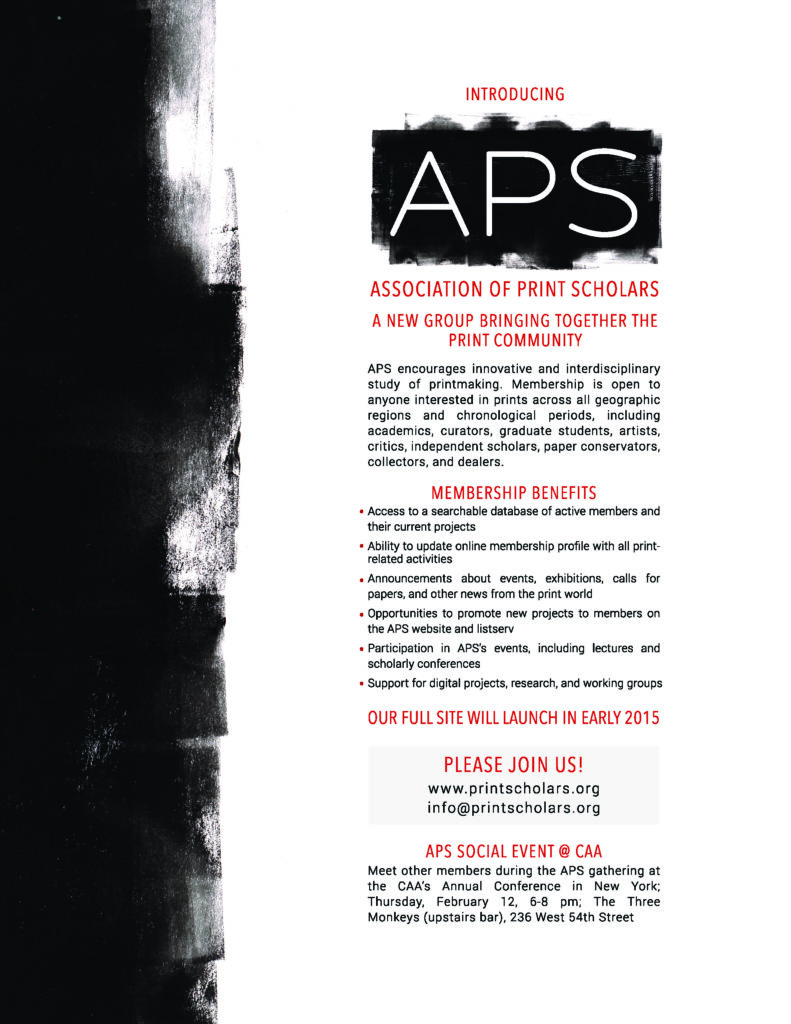
Looking to soft-launch APS and raise some much-needed funds, we announced an Indiegogo crowdfunding campaign in early October. The community’s response was swift and overwhelmingly positive, exceeding our initial fundraising target of $1,000. By the time we closed the campaign on Halloween, we had raised $5,025 from 109 donors who were, effectively, APS’s earliest members. Launched just after the Indiegogo campaign, the APS listserv hosted through Google Groups provided a forum for these members to begin sharing news, calls for papers, and other print-world announcements. Maintaining accurate membership records was a fairly constant job, and Galina Mardilovich kindly served as our first Membership Coordinator, with Shannon Vittoria completing her two-year term. We also needed to account for the incoming membership dues, and Allison Rudnick joined the growing group of officers to serve as APS’s first treasurer.
Building a website that could support and connect all members of the print community was our top priority after the nonprofit paperwork was well underway. For this work, we engaged Gato Gordo Digital Creative, a graphic design and website development company based in Austin, Texas. Gato Gordo’s principals, Bethany Johnson and Ignacio Prado, were creative and patient in considering the many needs and priorities we had for APS as they developed in real time. At this point, Alison Chang had joined us as APS’s founding vice president, and together our trio agreed that the website should become a place where members could share their activity across three categories: News, Scholarship, and Opportunities. While Bethany produced various logo designs, Ignacio explored off-the-shelf plugins and ultimately coded custom solutions that would transform the blog-friendly WordPress platform into an active membership forum. Knitting all the functionalities together, including payment platforms for membership dues, was incredibly complicated. PrintScholars.org launched in two phases, with a splash page in November 2014 and a phased roll-out for the full site in early May 2015.
With the new year, we turned to staging public events as part of our mission to host “periodic symposia and lectures.” On April 10, 2015, Peter Parshall, former curator of Old Master Prints at the National Gallery of Art, delivered the Inaugural Lecture for an in-person audience at the Graduate Center of the City University of New York.[2] We were fortunate to have financial and logistical support from the IFPDA Foundation and the GC’s Department of Art History. A team of APS officers, including Britany, Christina, Allison Rudnick and Maeve Coudrelle, also coordinated an “Inaugural Symposium” held on November 7, 2015 at Hunter College, which featured both a “lightning round” for graduate students at the dissertation stage and longer papers by established scholars around the theme of “Method, Material, and Meaning: Technical Art History and the Study of Prints.” Although the symposium was a standalone event, it provided a productive day of connection and fellowship, which were always at the heart of APS’s mission.
In 2015, we began to facilitate small gatherings of APS members throughout the world. Katherine Alcauskas, our first Events Coordinator, designed invitations and managed RSVPs for events in New York City, London, Paris, and Berlin. These informal meetings provided an opportunity to bring together existing and potential members in new locations and to share information about APS and its mission more broadly.
As if this first year was not busy enough, we launched an award competition—The Schulman and Bullard Article Prize—which became the first in our now robust grants program. Having supported APS from its outset, Susan Schulman and Carolyn Bullard wanted to establish this prize to recognize excellence in scholarship among early-career scholars. Angela Campbell, then in the department of Paper Conservation at the Metropolitan Museum, ably stepped in to develop a submission and review process, which she managed through seven cycles of the annual article prize. The grant program expanded over the next few years, beginning in early 2017 with a twice-yearly call for funding proposals. Although this call was initially an open one, we eventually separated it into the Collaboration Grant and Publication Grant based on the areas of greatest need.
The explosive growth of APS is a testament to the great need for such an organization, but also to the extraordinary labor that we and our initial slate of volunteer officers poured into the organization over its first year. In retrospect, we were each juggling significant personal and professional responsibilities—Christina was a new parent, Britany moved to Providence in the winter to start a new job at the RISD Museum, and we both defended our dissertations during this period. It now feels inconceivable that we were able to realize this vision in such a short time. The learning curve was steep, and there were many late-night emails and moments of feeling overwhelmed. We were buoyed by an extraordinary group of women who shared our passion and stepped up to help and colleagues who saw the potential in our vision. Seeing this organization grow and adapt over the last ten years has been one of the most gratifying moments in our professional lives, and we look forward to what the next ten years will hold.
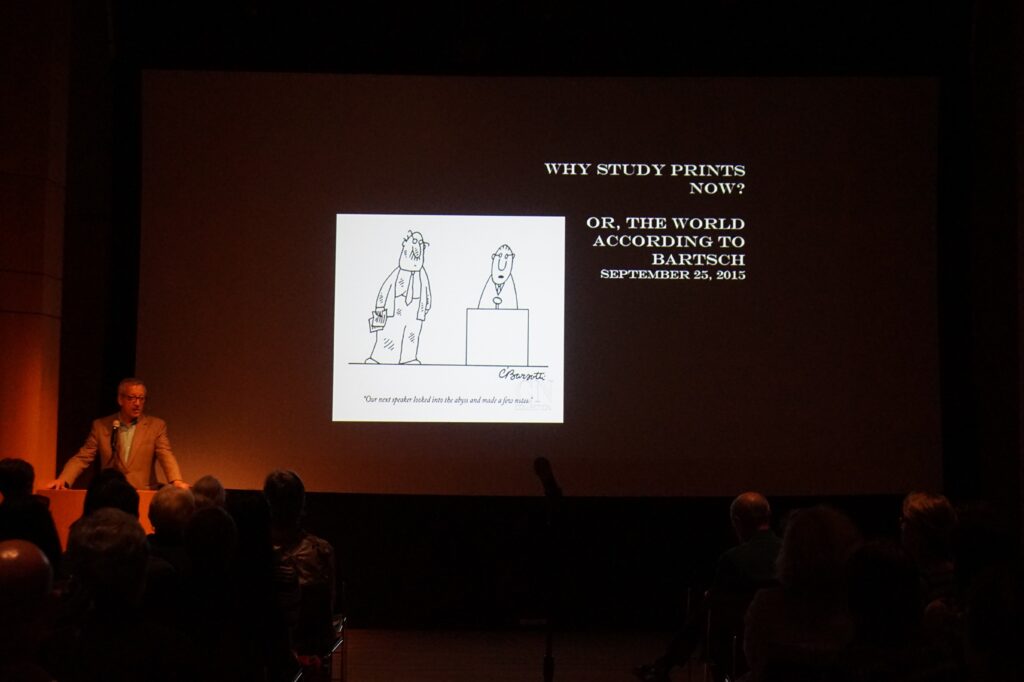
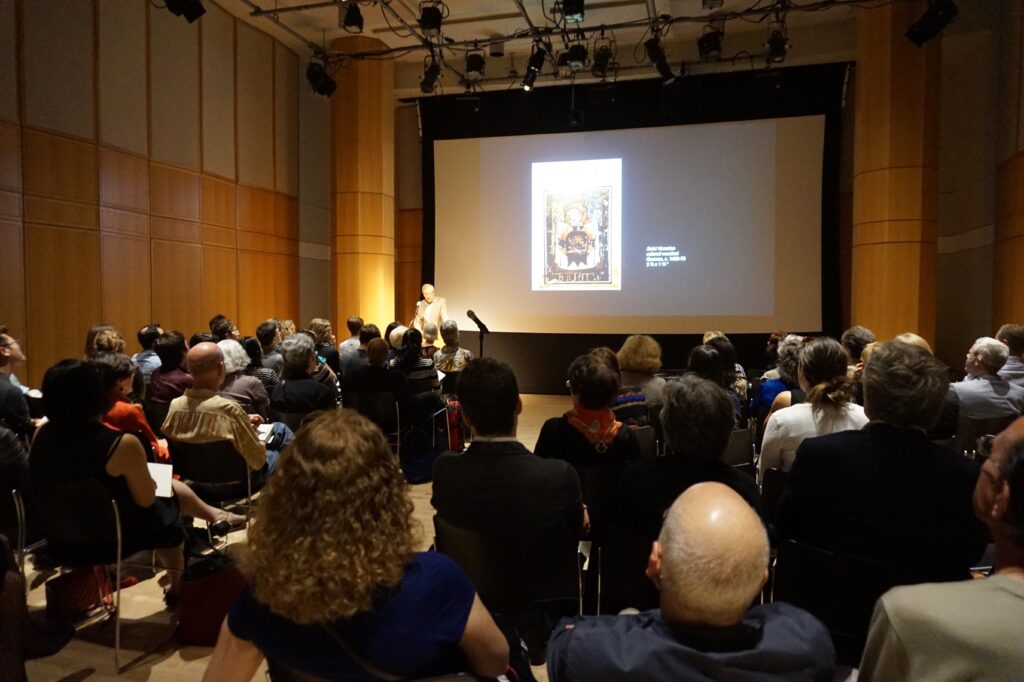
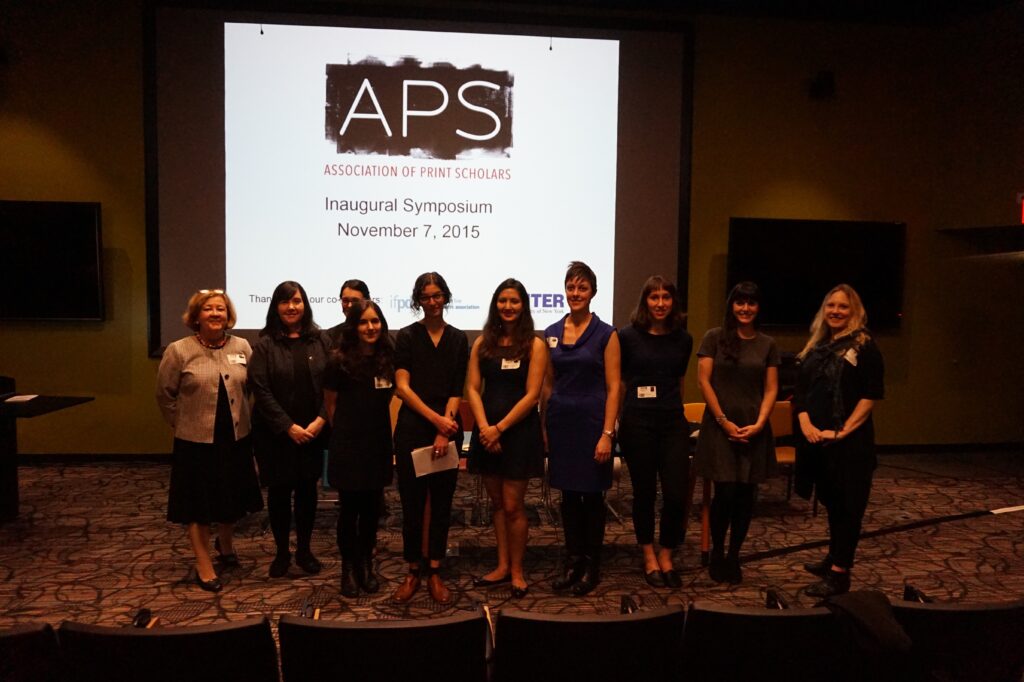
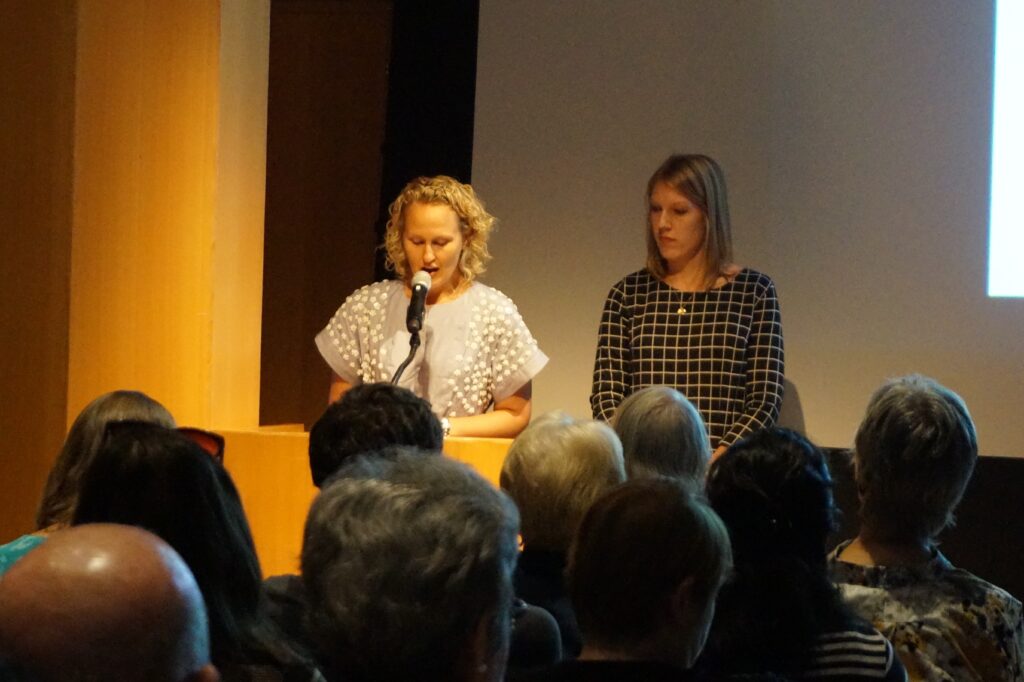
[1] Among other names we considered were: CHOP = Community for Historians of Prints and/or Printmaking and PRESS = Printmaking Research and Exchange Scholarship Society.
[2] Peter Parshall’s lecture was later published in Art in Print: “Why Study Prints Now? Or, the World According to Bartsch,” Art in Print 6, no. 3 (September-October 2016): 5-12.
